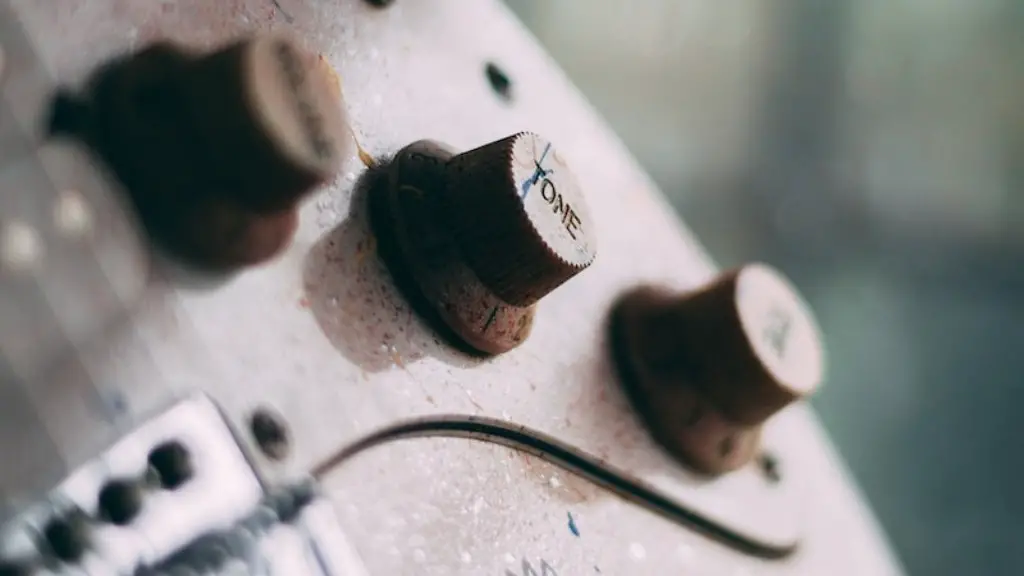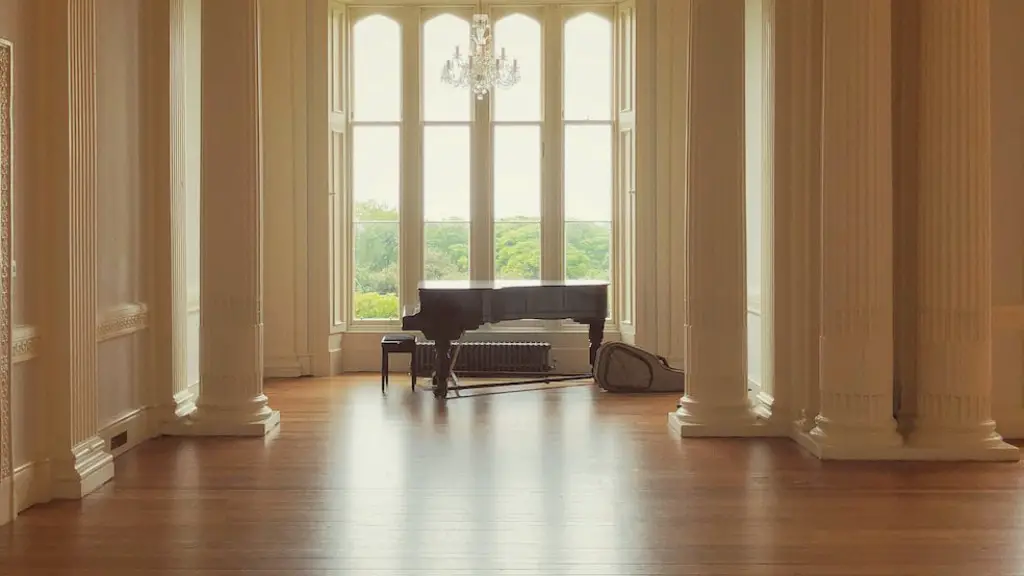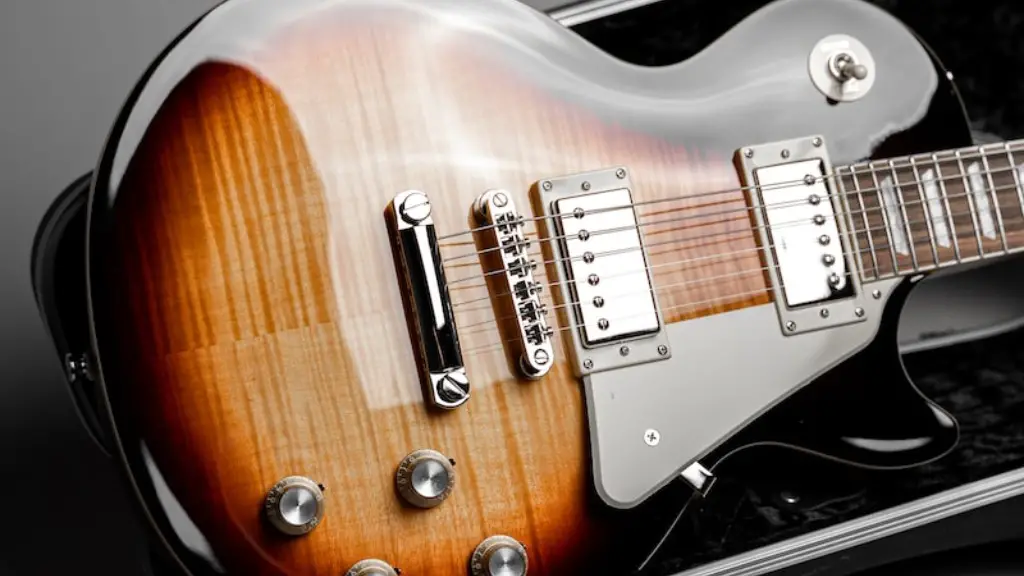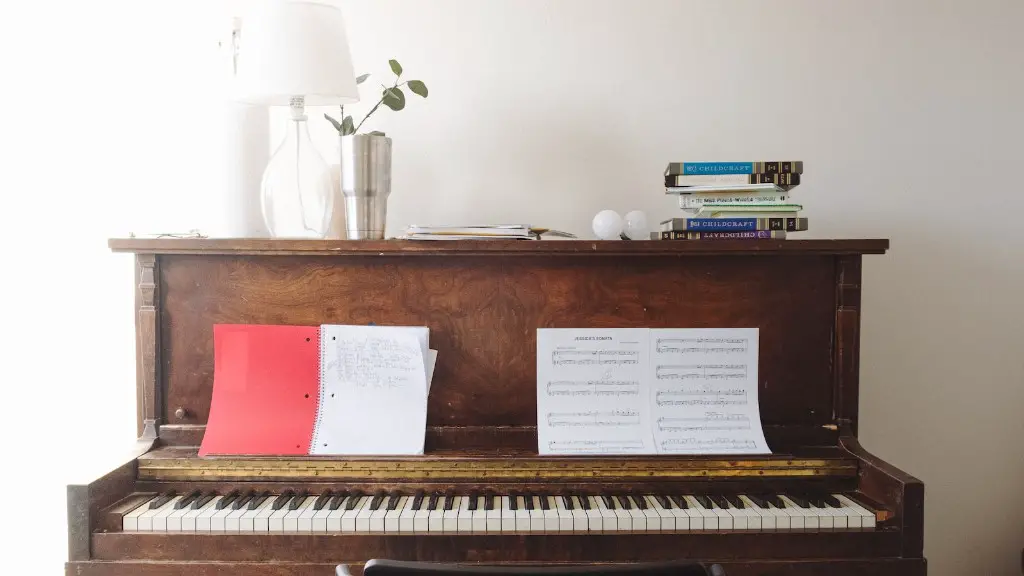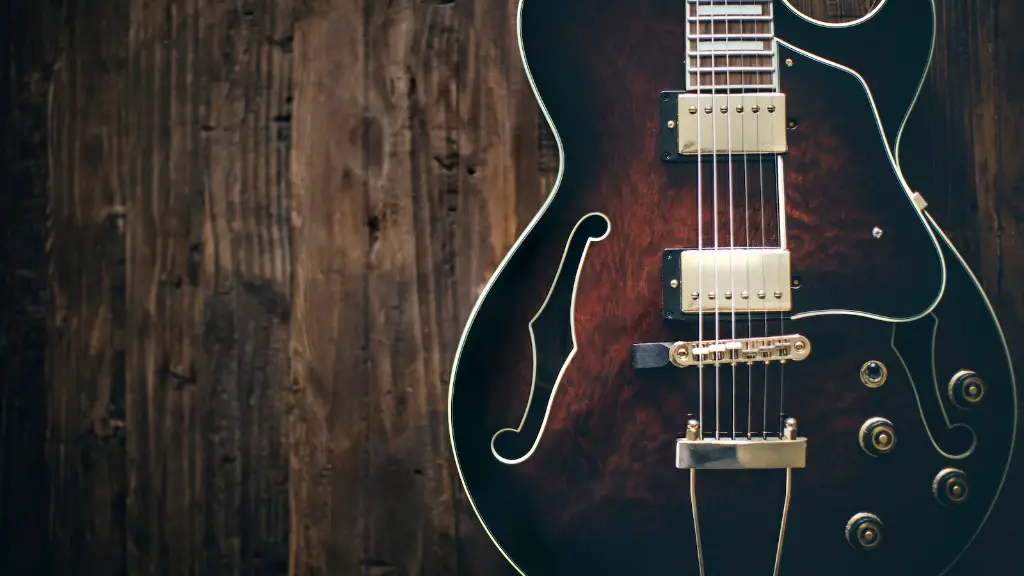Playing an electric guitar solo is a great way to show off your skills and impress your audience. Before you start playing a solo, it is important to understand the basics of soloing and practice different techniques.
The first step is to get a feel for the rhythm of the song. Listen to it carefully, and focus on the tempo of the song. You can also use a metronome or drum machine to keep you on beat if needed.
Next, select a scale that will work well with the song’s key. Try out different scales until you find one that sounds good. Once you have selected the scale, practice it until you are familiar with its notes and patterns.
Finally, practice improvising solos by playing your scale over different backing tracks. This will help you get used to playing solos in different genres and styles of music. With enough practice and dedication, you can become an excellent electric guitar soloist!
Learn the Notes to Play Electric Guitar Solo
Learning the notes on the guitar fretboard is an essential part of playing electric guitar solo. Knowing where to find each note on the fretboard will give you the freedom to create melodic lines and exciting licks. Understanding which notes work together and how they fit into different chords can help you create a more cohesive solo.
To get started, begin by memorizing the notes on each string. Starting from the bottom E string, practice playing each note up and down the neck. Once you have a basic understanding of each note, use scales and arpeggios to experiment with different sequences of notes. This will help you understand which notes sound good together and how they fit into certain progressions.
You can also work on creating melodic lines by learning different techniques like hammer-ons, slides, and bends. These techniques will add dynamics to your soloing and make it sound more interesting. Additionally, learning some simple licks or patterns can help add interest as well as give you something to practice when creating solos.
Finally, it’s important to practice regularly so that your skills improve over time. Make sure to keep challenging yourself by learning new techniques and exploring various styles of music. With dedication and practice, you’ll soon be able to play electric guitar solos with confidence!
Practice Scales and Chords for Electric Guitar Soloing
Learning to play an electric guitar solo isn’t just about playing the right notes at the right time. Having a mastery of scales and chords is essential for any aspiring guitar soloist. Scales are a series of notes organized in ascending or descending order, while chords are combinations of notes played together. Learning both of these techniques will give you the tools necessary to create dynamic and interesting solos.
Start by practicing basic scales, such as the major scale, minor scale, and pentatonic scale. As you become more comfortable with them, start exploring different variations of each scale. Once you have a good understanding of scales, begin practicing chords on the guitar. Try to learn all of the open voicings in each key so that you can easily transition between them when playing solos.
Finally, practice applying scales and chords to your playing by improvising over various genres of music. This will help you understand how to effectively use scales and chords in your solos and develop your own style. With practice, you’ll be able to create memorable solos that sound great every time!
Develop Your Technique
Learning to play electric guitar solos can be a daunting task for any beginner. But with the right tools, guidance, and practice, you can develop the necessary skills to become an expert soloist. Start by learning basic chord progressions and scales to gain an understanding of the fundamentals. As you become more comfortable with basic techniques, start incorporating techniques such as string-skipping, hammer-ons and pull-offs, vibrato, and slides into your playing.
For maximum efficiency, practice these techniques in isolation. Focus on one at a time and practice it until you’re comfortable. Then move on to the next technique until all are mastered. The key is to gradually build up a repertoire of moves that feel natural and effortless when playing solos. After mastering these moves, start using them in sequences to create your own unique solos. With enough practice, you’ll soon be able to improvise creative and dynamic solos at will!
Listen to Guitarists You Admire
If you’re looking to learn how to play electric guitar solo, the best place to start is by listening to the guitarists you admire. Listening to their recordings and watching performance videos can give you great insight into their techniques and style. Not only will you gain knowledge of the techniques they use, but also the way they express their ideas musically. You can then apply these ideas in your own playing, allowing you to develop your own unique style.
Another great way of learning about guitar solos is by studying tablature or notation of solos that you like. This allows you to get an even deeper look at how a guitarist created a particular solo, from the specific notes used to the phrasing, dynamics and tone. Once you have studied a solo in-depth, try and recreate it yourself – this will help develop your technique as well as giving you a feel for the language of improvisation.
Learn Common Patterns and Licks
Learning the common patterns and licks used in electric guitar soloing is an important step in improving your guitar playing. By studying the techniques of great guitarists, you can quickly develop your own style and become a better soloist. Whether you’re just starting out or have been playing for years, understanding these fundamental patterns can help take your solos to the next level.
The first thing to understand is basic arpeggios, which are broken chords that create a smooth melodic line. Additionally, learning the pentatonic scale provides a great foundation for improvisation, as it incorporates all five notes of the major scale. Once you have these two concepts under your belt, you can start exploring more complex licks like string bends, slides and hammer-ons.
When approaching a solo, it’s important to remember that practice makes perfect! Spend time getting comfortable with different techniques before trying them out in an actual song. With enough practice, you’ll be able to use these patterns and licks to create dynamic solos that showcase your own unique playing style.
Playing an Electric Guitar Solo
Learning to play an electric guitar solo requires practice, patience and an understanding of techniques like bending strings, vibrato, slides, hammer-ons and pull-offs. To begin, start by playing simple scales and chords. Once you have mastered the basics, begin to incorporate some of the more advanced techniques. Bending strings is a great way to add some emotion to a solo. Vibrato is a technique used to add vibrato or “wobble” sound to a note or chord. Slides are used to move from one note or chord to another without picking the strings separately. Hammer-ons and Pull-Offs are two techniques that involve playing two notes on the same string without re-picking it. Finally, practice using different effects pedals like distortion, chorus and delay for added depth in your solos. With practice and dedication you can develop your own unique electric guitar style!
Learning how to play an electric guitar solo can be a rewarding experience that will continue to grow as you develop your craft.
The End
To be able to play an electric guitar solo, you must have the right technique, access to the best equipment, and the necessary knowledge of music theory. Start with basic scales and chords and slowly work your way up from there. Practice regularly and don’t forget to enjoy yourself while playing. With enough effort and dedication, you will be able to master electric guitar solos in no time!
